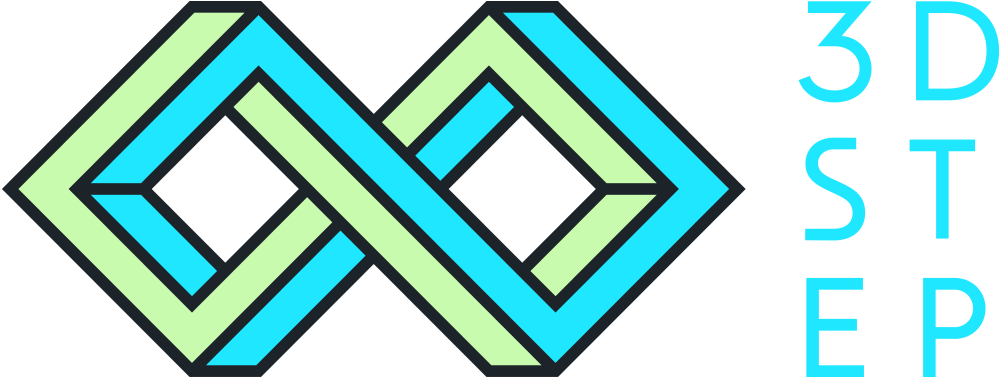The four starting points of 3D printing - where does your organization belong?
The starting points for organizations interested in 3D printing can be roughly divided into four categories. This division is based on two fundamental questions: does the organization already have experience in utilizing 3D printing, and does it intend to use 3D printing for existing or new products in the future? Identifying your organization's starting point will help you find the right information and path forward.
Four Starting Points for 3D Printing
Starting Point 1: We already use 3D printing and want to enhance our current products or operations with 3D printing.
You likely already have a grasp of the basics of 3D printing. Improvements to existing products, product development, or manufacturing can be achieved by changing materials, printers, post-processing, optimizing products, production solutions, or even updating your entire operational model.
3D printing technology is advancing rapidly, so if your last interaction with a service provider was two or three years ago, the offerings have likely changed significantly.
For example, 3DStep's machine fleet expanded last year with Finland's first closed-loop powder recycling 3D metal printer, EOS P110 Velocis plastic printer for expanding our plastic material selection, and Finland's first Mimaki full-color 3D printer.
You can learn more about material options for metal printing and material selection, plastic printing, and material selection, as well as full-color printing here.
Starting Point 2: We already use 3D printing in current products and want to leverage 3D printing innovatively in the development of new products.
Your company likely understands the basics of 3D printing as well. Utilizing accumulated experience for new products requires creative thinking, brainstorming, collaboration, and bold prototyping, as well as innovative collaboration among experts. What's the most daring way to leverage 3D printing?
For this purpose, we organize agile LOIKKA events, where two hours of teamwork result in 1) new knowledge about 3D printing, 2) new ideas, 3) new product concepts, and 4) an action plan.
We also offer 3D printing design services from ideation to modeling, prototyping, testing, and production.
If your current products are only made from a specific material, you can expand your thinking to other material options for new products. Information about their properties and possibilities can be found here: metal printing and material selection, plastic printing and material selection, and full-color printing.
Starting Point 3: We do not yet use 3D printing but are considering using it for the production of current products.
If 3D printing is still unfamiliar territory for your organization, it may be challenging to understand why traditional methods should be replaced with relatively new technology that began in the 1980s. The simple answer is: it shouldn't always be.
However, 3D printing can offer a convenient solution in situations where a product needs to be lightweighted or downsized, desired additional features cannot be achieved with traditional methods, or batch sizes need optimization. Since 3D printing is an additive manufacturing method, it often provides significant benefits in waste reduction and sustainability. Significant business benefits can also be gained by using 3D printing for the production of tools, jigs, molds, and spare parts.
Traditional manufacturing methods and 3D printing are not mutually exclusive but complementary. However, there are still entrenched myths about 3D printing, such as product durability and limited use cases. Customer feedback and our own experience tell a different story.
Starting Point 4: We are a new entrant and want to manufacture new types of products.
When there is no prior benchmark for your product manufacturing or 3D printing utilization, it's best to see the glass as half full. A clean slate offers full opportunities to imagine anything and implement the best things. This applies to start-up companies, pivoting, inventors, and those challenging traditional operating models.
A knowledgeable partner can coach, mentor, and provide diverse information and training from strategic thinking and business models to concrete details. That's why we have designed our own training services to provide everything needed for 3D printing, from basics to full utilization, from idea to business.
We also organize agile LOIKKA events where two hours of work result in 1) new knowledge about 3D printing, 2) new ideas, 3) new product concepts, and 4) an action plan.
For those new to 3D printing, we have compiled frequently asked questions. Additionally, we warmly recommend contacting our team - we are happy to assist with all your 3D printing needs.

